The Allied breakthrough into Italy
Operation Avalanche was indeed a pivotal moment in the Allied campaign in Italy during World War II. The invasion at Salerno on 9 September 1943 marked the beginning of a prolonged and challenging campaign that would eventually contribute to the collapse of Fascist Italy and the weakening of Nazi Germany's position in Europe.
The decision to invade Italy was driven by multiple factors, as you mentioned. Churchill’s belief in attacking Italy as the "soft underbelly" of Europe aimed at diverting German forces from the Western Front, while also gaining control over the Mediterranean. The operation was planned with strategic objectives, like securing Naples to maintain supply lines and outflanking Axis forces to the south, but it came with its own set of complications.
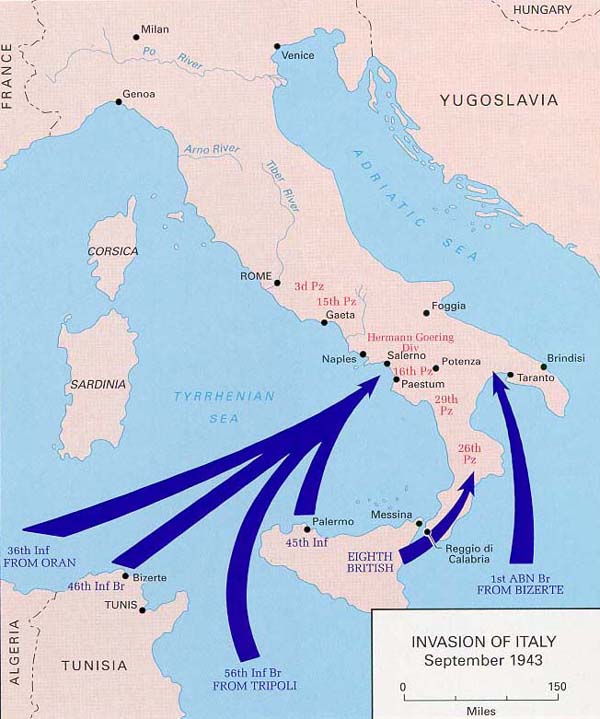
The landings at Salerno were crucial to this broader strategy but were met with fierce German resistance. The Germans had prepared extensive defences, making the beachhead more difficult to secure than initially anticipated. The German counterattacks in the days following the landings forced the Allies to stretch their lines thin, and they had to rely heavily on naval and air support to maintain their position. The need for deception plans, like Operation Boardman, reflects how the Allies sought to mislead the Axis about the true location of the invasion, although the surprise element was diminished due to German reconnaissance. The high casualties and tough conditions the Allies faced at Salerno underscored the difficulty of the Italian Campaign as a whole.
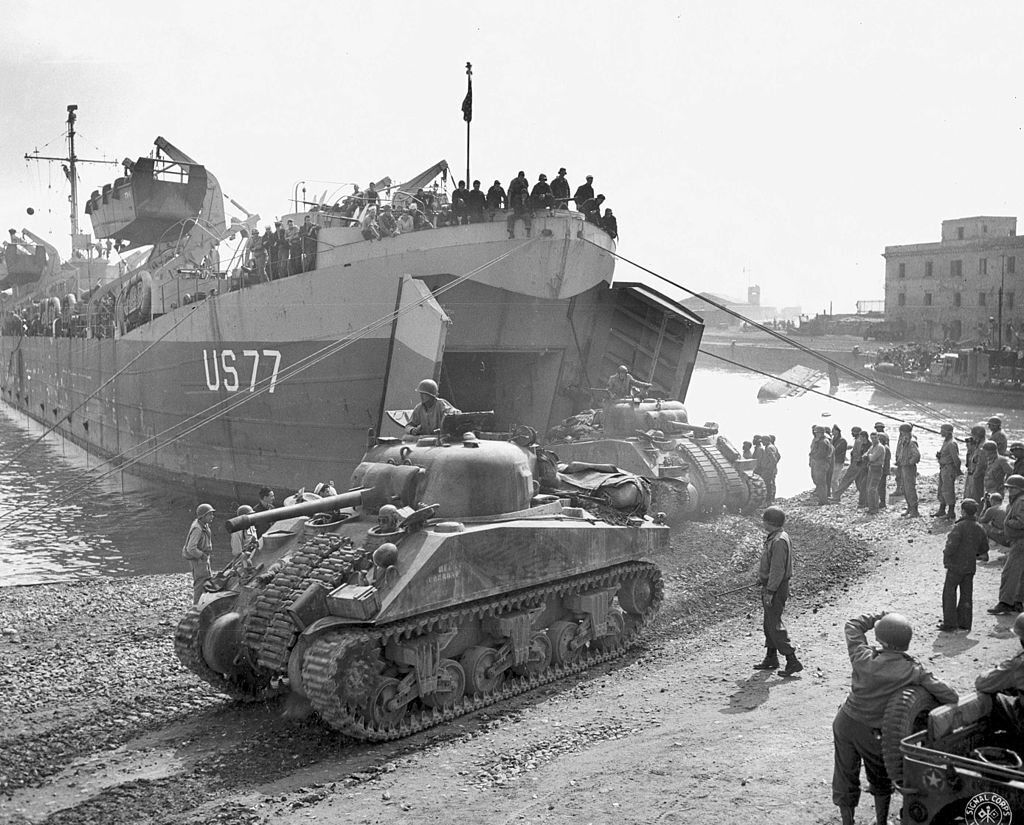
Operation Boardman, designed to support the landings at Salerno, was a crucial but complex deception plan aimed at misdirecting Axis forces and diverting their attention from the main Allied invasion force. By feeding false information about possible invasions at various locations such as Sardinia, Corsica, and Greece, the Allies sought to confuse the German and Italian forces into spreading their defences thin, thereby making the actual landings at Salerno less anticipated. The use of dummies and deception tactics, as seen in previous operations like Operation Waterfall, played a significant role in this diversion. The placement of fake invasion sites in Cyrenaica, intended to make the Germans believe an invasion of the Peloponnese was imminent, is a classic example of how the Allies used trickery to weaken the Axis response in the critical weeks leading up to the landings.
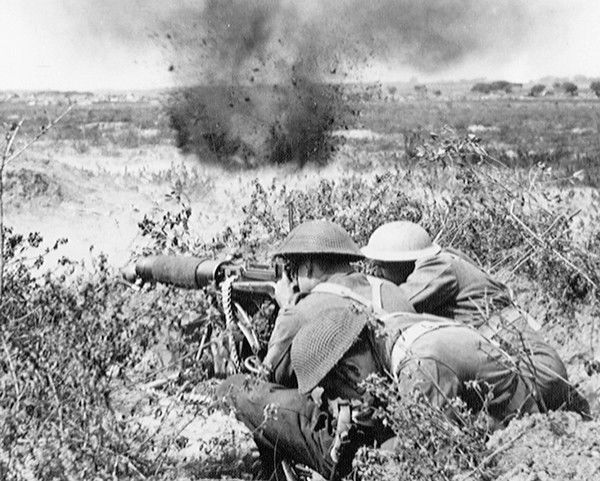
However, as you pointed out, the broader plan for Operation Avalanche itself faced significant challenges. The decision to land the U.S. Fifth Army on a 35-mile front with only three assault divisions was ambitious, and it stretched the Allies’ forces. The terrain near Salerno, with its natural defensive advantages, also made it tough for the Allies to gain a quick foothold. The lack of a preparatory naval bombardment, while intended to preserve surprise, proved to be a costly mistake in hindsight, as it left the landing forces more vulnerable to German counterattacks. The choice to use a broad front and attempt to push through these difficult conditions was one of the main factors that contributed to the initial slow progress of the landings. The lack of a solid plan for the link-up between the U.S. Ranger forces tasked with holding mountain passes and the subsequent X Corps units only added to the confusion and difficulties on the ground. German defences were formidable, with well-positioned divisions including the elite Hermann Goering Division and several Panzer and Fallschirmjäger (paratrooper) divisions, making it clear that the Axis forces were well-prepared to resist the invasion.
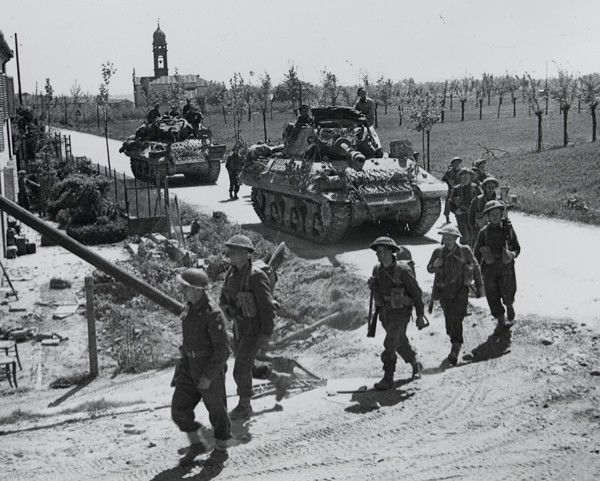
The German response, particularly their counterattacks in the days following the landing, put considerable pressure on the Allied forces, testing their ability to maintain the beachhead. Operation Boardman, designed to support the landings at Salerno, was a crucial but complex deception plan aimed at misdirecting Axis forces and diverting their attention from the main Allied invasion force. By feeding false information about possible invasions at various locations such as Sardinia, Corsica, and Greece, the Allies sought to confuse the German and Italian forces into spreading their defences thin, thereby making the actual landings at Salerno less anticipated. The use of dummies and deception tactics, as seen in previous operations like Operation Waterfall, played a significant role in this diversion. The placement of fake invasion sites in Cyrenaica, intended to make the Germans believe an invasion of the Peloponnese was imminent, is a classic example of how the Allies used trickery to weaken the Axis response in the critical weeks leading up to the landings.
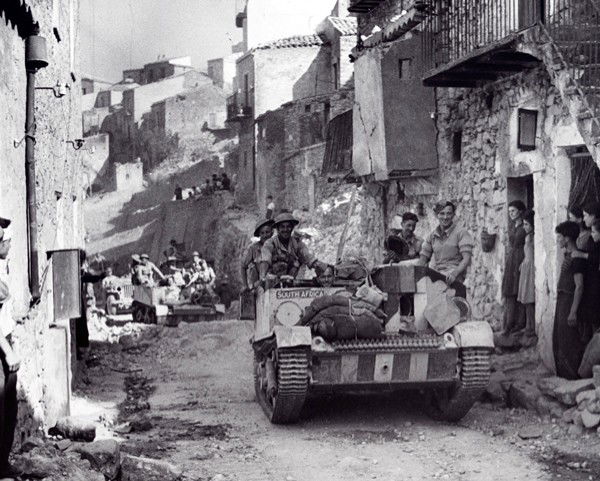
In hindsight, the operation’s reliance on deception, along with the significant miscalculations in the landing plan, created a challenging and bloody campaign. Yet, despite these difficulties, the Allies eventually secured the beachhead, and the operation ultimately set the stage for the continued Allied advance through Italy.